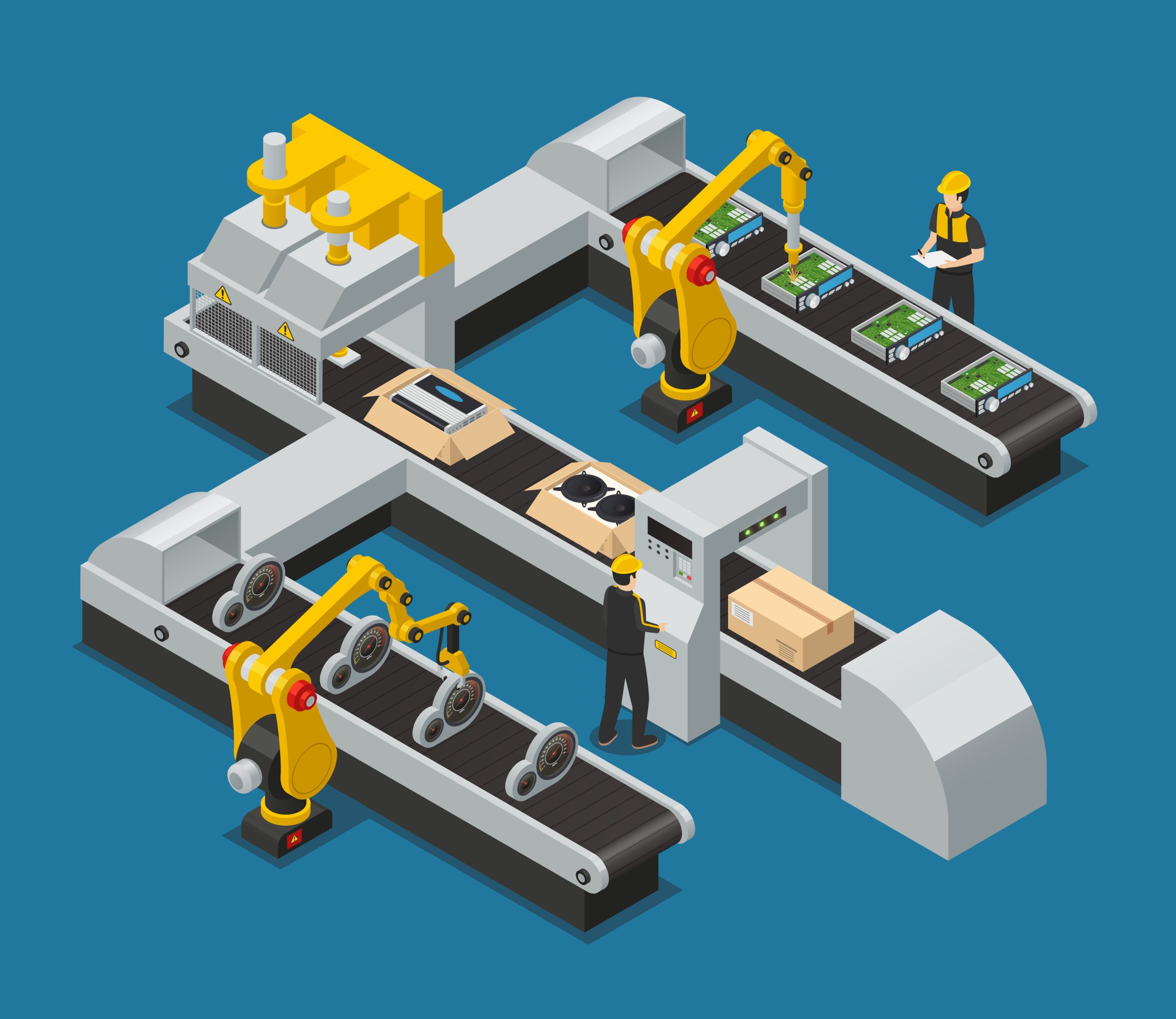Light Curtains on Assembly Lines
Light curtains are an innovative and versatile technology used in various industries to simplify assembly processes. They are a type of safety sensor that uses infrared or visible light to detect the presence of objects and can be employed to create virtual barriers that prevent access to hazardous areas or to respond to the movement of an object.
The use of light curtains in assembly processes can offer several benefits, such as enhanced safety, increased productivity, and reduced costs. By replacing traditional safety barriers like physical guards or mechanical switches, light curtains create a more flexible and adaptable environment, leading to higher efficiency and reduced downtime.
One of the key advantages of using light curtains in assembly processes is enhanced safety. By creating virtual barriers around machines and workstations, light curtains can prevent workers from accessing dangerous areas or coming into contact with moving parts. This can reduce the risk of accidents and injuries, which could be costly for both workers and businesses.
Additionally, light curtains can detect objects of any size or shape and can be configured to respond to specific movements or actions. For example, a light curtain can be set up to stop a machine when a worker gets too close or trigger an alarm if an object moves unexpectedly.
Another benefit of using light curtains in assembly processes is increased productivity. By replacing physical barriers or mechanical switches, light curtains can create a more flexible and adaptable environment. This allows workers to move more freely around machines and workstations, enabling more efficient assembly operations.
For instance, a light curtain can be set up to automatically release parts or materials when a worker approaches a certain area, reducing the time required for manual operations and improving the overall speed and efficiency of the assembly process.
Moreover, light curtains can be cost-effective for businesses. By replacing physical barriers or mechanical switches, companies can reduce maintenance and repair costs, resulting in lower operating expenses. Additionally, light curtains take up less space and are lighter than traditional safety barriers, reducing shipping and storage costs.
For example, light curtains can be used in packaging and material handling processes. A light curtain can automatically stop a conveyor belt when a box passes through a specific area, or trigger an alarm to prevent a package from moving in the wrong direction. Light curtains can also be employed in robotic systems, where they can detect a worker entering a robot’s workspace and automatically stop the robot, ensuring the worker’s safety.
The use of light curtains is an innovative technology that enhances the safety and productivity of assembly processes. By replacing physical barriers or mechanical switches, light curtains create a more flexible and adaptable environment, enabling more efficient and cost-effective assembly operations. While light curtains are widely used in industrial assembly processes, they offer benefits across various application areas and can be utilized in many different industries.

